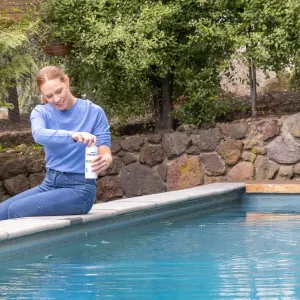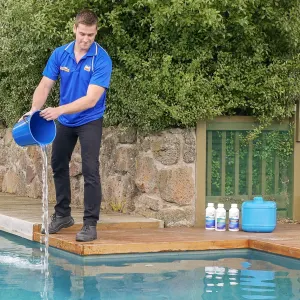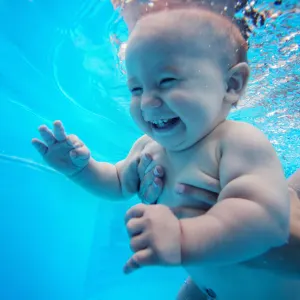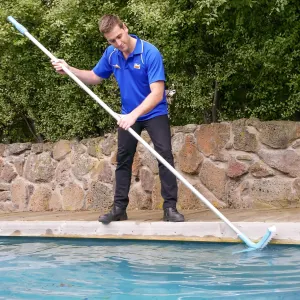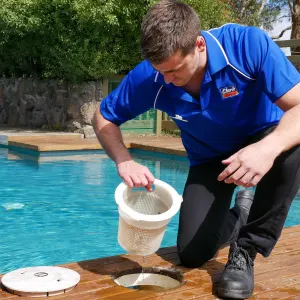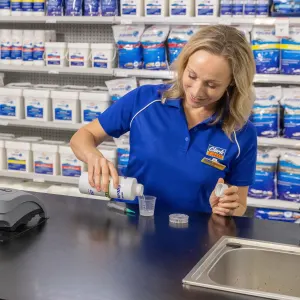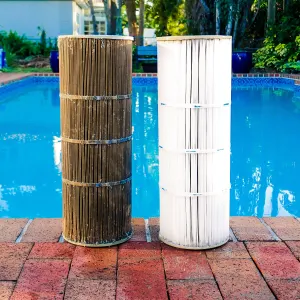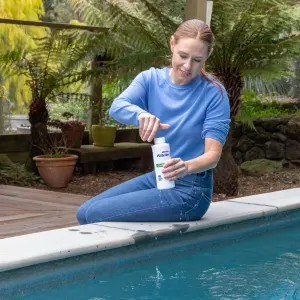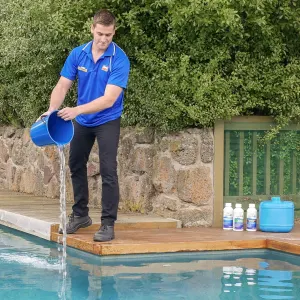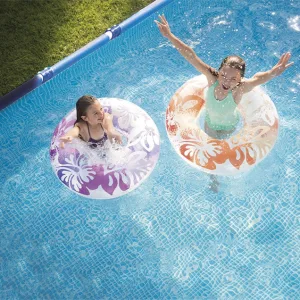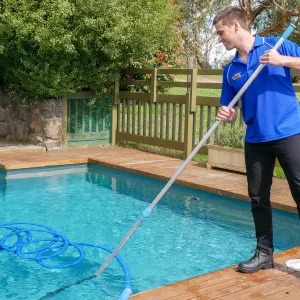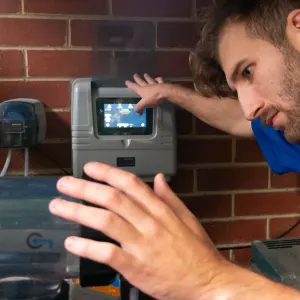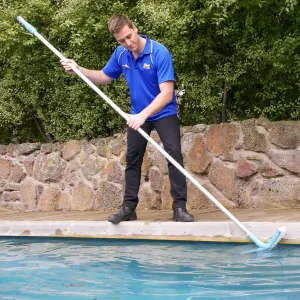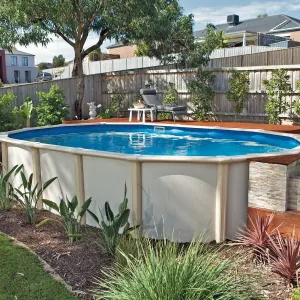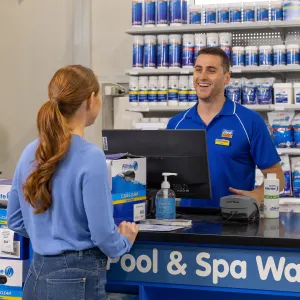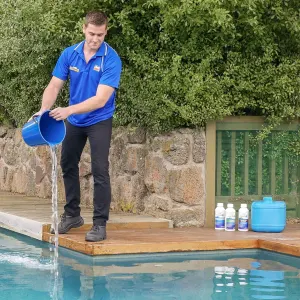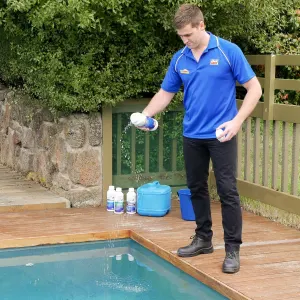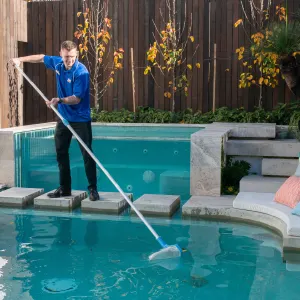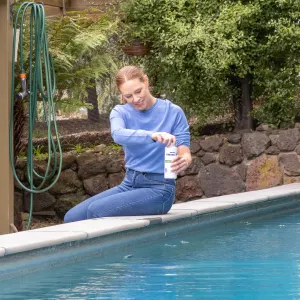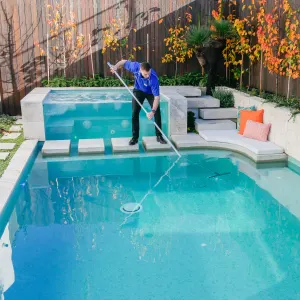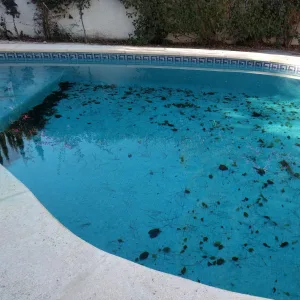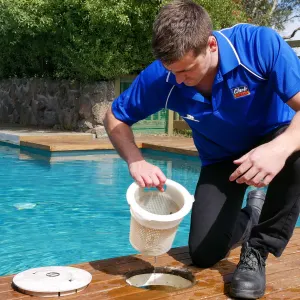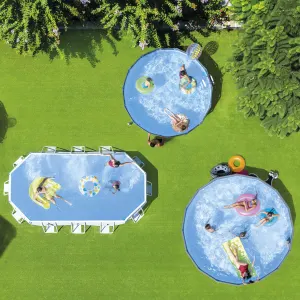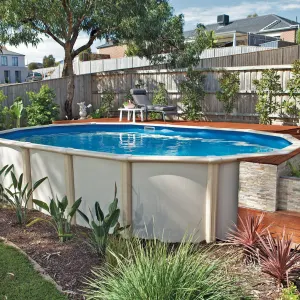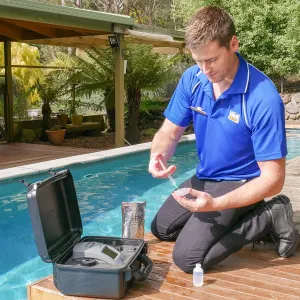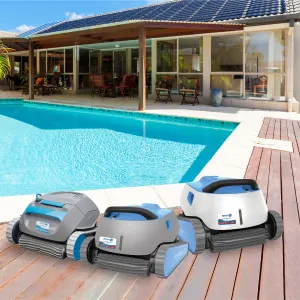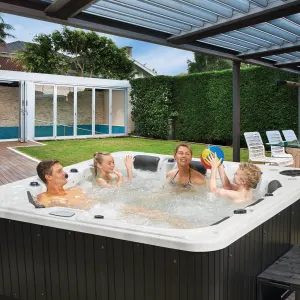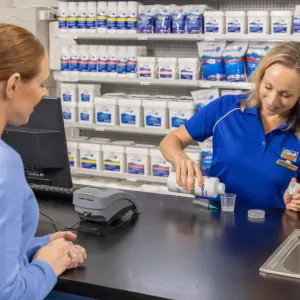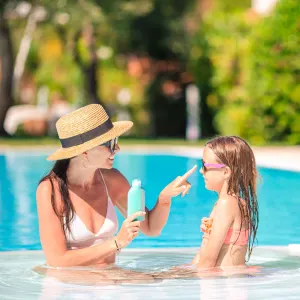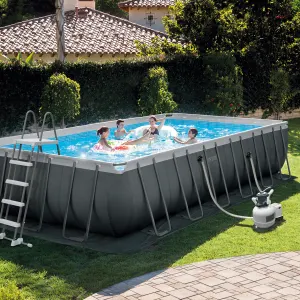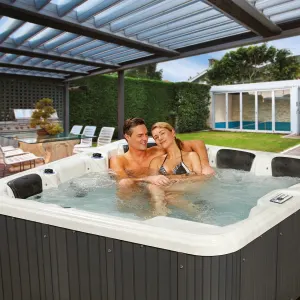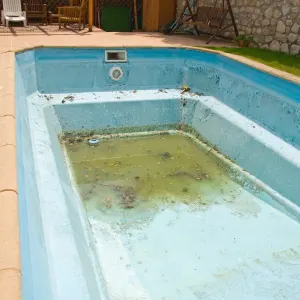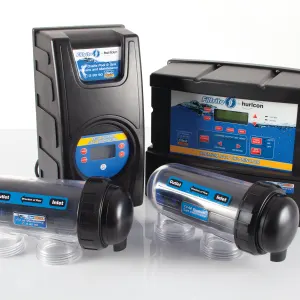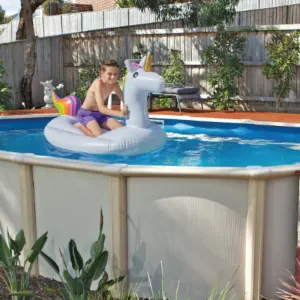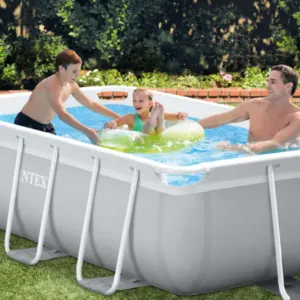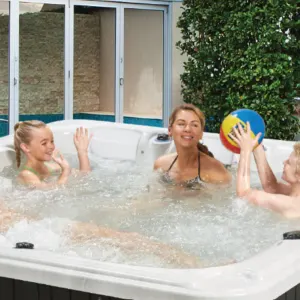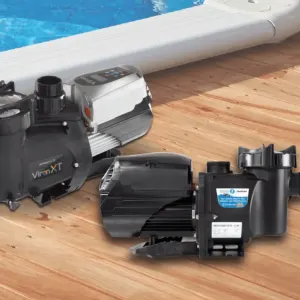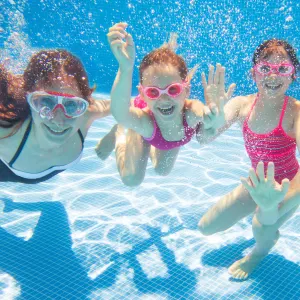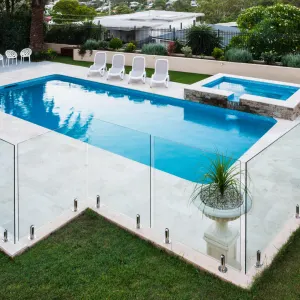How to get your pool ready for summer
By Clark Rubber | 24th November, 2020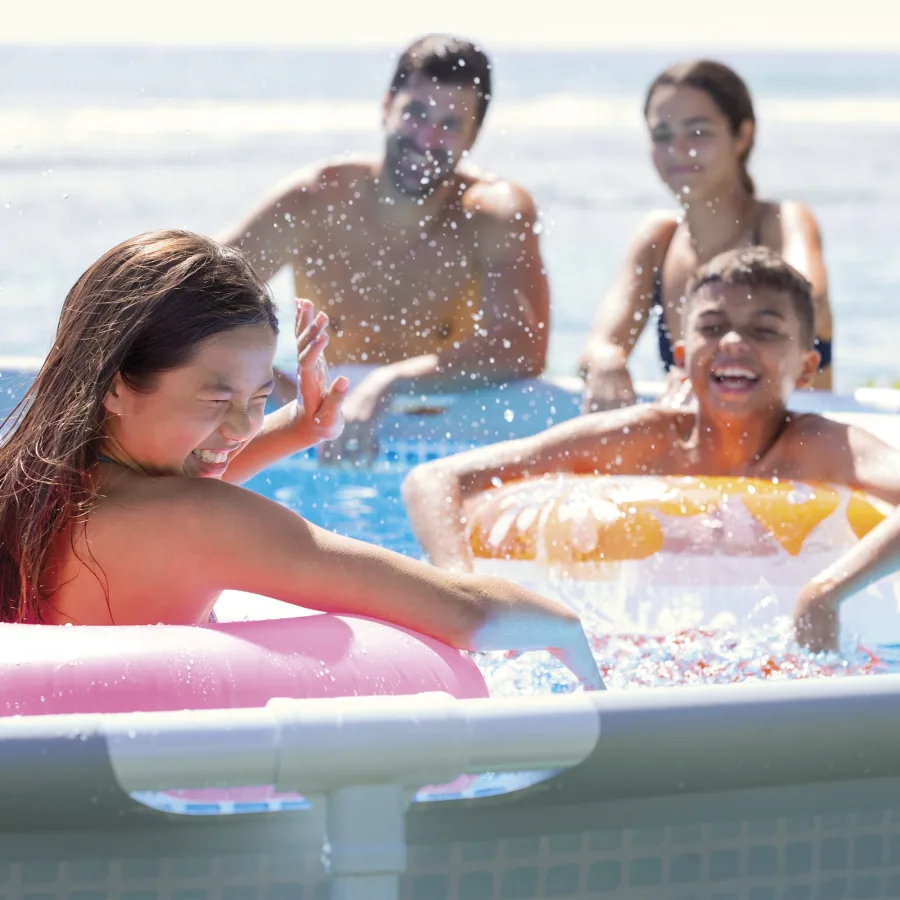
Your 10-point Pre-Summer Checklist
When Spring arrives and you start feeling the warmth in the air and seeing more sunshine you might ask yourself, “how do I get my pool ready for the Summer?”.
At Clark Rubber we have “Everything Pool” and we can help you understand what needs to be done to get prepared for a great summer of fun.
Preparation should begin in early Spring, so can ensure you are ready to utilise your pool as soon as the warm weather arrives.
Clark Rubbers 10-point Process for getting your pool Summer-ready
- Remove the pool cover (if applicable)
- Remove leaves or debris from pump and skimmer baskets
- Lubricate the O-Rings and gaskets on filters and pumps
- Check that your pump, filter, and saltwater chlorinator are functioning properly
- Clean your filters
- Test and balance the pool water
- Adjust the run time of your filtration cycles
- Shock the pool and adjust the chlorine output on your saltwater chlorinator
- Check your CPR Guide Signage
- Check the safe storage of pool chemicals:
Read more details below about the tests, checks and adjustments you need to make to your pool to get it summer-ready.
1. Remove and store the pool cover
If you have a pool cover over your pool, remove it so you can check the condition of your pool and take a sample of water. Remove the cover slowly to prevent spilling dirty water, leaves and debris into the pool.
Check the condition of the cover for a build up of algae and scums lines. You can use Daisy Bio Pool Cover Cleaner (Sku #49107) and an Aqua Fingers Pool Cover Cleaner (Sku #49034) to clean bio films and algae off the cover and to prevent a recurrence.
2. Remove leaves, debris, bugs and critters from pump baskets and skimmer boxes
Images – cleaning skimmer box / cleaning pump basket
If your pool hasn’t been touched in months, it probably needs a bit more love than usual. Firstly, make sure that your pump baskets are free from leaves and any other debris that has built up over winter. A build-up of debris in these baskets can starve the pump of water and effect the water flow and proper circulation which is essential for cleaning and sanitising your pool.
If a pump is starved of water, it could also cause it to “run dry” which may cause irreparable damage.
3. Lubricate the O-Rings and gaskets
Image - Pump with lid removed and applying lube / show lube tube
You should also ensure that the rubber O-Rings / gaskets in your filters and pumps are properly lubricated using Extreme Lube, a non petroleum-based product. Doing this will prevent the O-rings and gaskets from drying and cracking (causing leaks) and will also make it much easier to remove lids without damage when necessary.
If you find a damaged seal, contact Clark Rubber to source a replacement.
4. Check that your pump, filter and saltwater chlorinator are functioning properly
If your filtration and sanitising system is not operating properly you will have difficulty in keeping your pool balanced and in a safe, healthy state.
Pumps:
- Check the pump’s operation.
- Run the pump to prime it and ensure the pump basket is filling up with water. If it isn’t there may be a problem with its performance or with the plumbing.
- Does it turn on and off properly? Does it run continuously or turn off unexpectedly? If the pump is turning itself off, there may be a problem with water flow.
- Listen for sounds such as rattling sounds, sucking, squealing or an increase in motor volume hum.
- All of these could indicate a pump that is failing. If a pump fails unexpectedly and is left for too long, you could be left without water circulation and a pool that requires a significant clean up. It is best to act proactively to have the pump repaired or replaced before it fails.
Saltwater Chlorinators:
- If the pump is activated by the chlorinator, check that it is switching on and off properly.
- Check the control box to see if a “low salt” indicator is showing. If so, you will need to add salt or minerals to the water.
- Check the control box to see if there is a “no flow” or “low flow” indicator. If one of these indicators is ON, it means there is not enough water flowing through the cell and you will need to check that the pump is operating properly, or for any water blockages.
- Check that the wires from the control box are connected securely to the chlorinator cell.
- Visually inspect the condition and operation of the Chlorinator Cell.
- Are “cloudy bubbles” appearing when it is turned on? This indicates that it is producing chlorine.
- If it is covered in a white substance like shown in the image below, it means that Calcium has built-up on the cell plates, and it will need to be cleaned off to improve water circulation and chlorine production.
- Refer to our article “How To Clean Your Pool Chlorinator Cell” for advice on how to clean and maintain a chlorinator cell.
- Check your equipment (pump, filter and chlorinator cell) for leaks:
- Any leaks on your equipment could indicate failing gaskets and seals or a damaged body, which can effect pump and filtration performance. If left unattended may lead to other problems such as corrosion, flooding and major equipment failures which could be costly to fix.
- In the pipework and connections.
- Look for water leaking at connections between the pipework and equipment.
- Leaks at the pipe and connections could indicate that screwed connections are not tightened enough, or that glued connections are weak.
- Address any leaks immediately to avoid unwanted moisture in the area that could lead to corrosion.
- A leak could also mean that a connection is not airtight which could affect pump performance and filtration efficiency
5. Clean your filters
Cleaning your filter will ensure that you are getting the optimum filtration and clarity in your pool. It will also ensure that pressure is building too high in the pool system which will put unnecessary strain on the plumbing, pump and other equipment.
- If you have a media (sand) filter then undertake a backwash.
- If you have a cartridge filter, remove the filter cartridge and give it a thorough clean with Filtrite Filter Cleaner and Degreaser.
6. Test and balance the pool water
Get your pool water professionally tested to check water balance and determine what corrections may need to be made.
Bring in a sample of your pool water at your local Clark Rubber store and our pool experts can test its balance in 60 seconds - for free!
The team will analyse the water sample on the spot and will provide you with a detailed report on the key factors of water balance and sanitation. Our staff member will then give you advice on what products you need, and what you need to do to get your pool in tip-top shape for summer and beyond.
7. Adjust the run time of your filtration cycles
As the weather warms up, and the pool is again frequented by bathers, you will need to increase the running time of your pump, in order to filter the pool appropriately and ensure the chemicals and sanitiser (i.e. chlorine) is properly mixed and dispersed.
Typically a pool will run for around 8-10 hours in summer, depending on the power of your pump, the size of your pool and the type of sanitising system you are using on your pool.
If you are unsure, you can ask your local Clark Rubber store for advice.
8. Shock the pool and Adjust the chlorine output of your saltwater chlorinator
Hit your pool with a “shock” treatment to quickly disinfect your pool water.
Use a non-chlorine shock such as Filtrite Ultimate Oxyshock (sku# 49544) to oxidise organic contaminants and a chlorine shock such as Filtrite Pool Ultra Shock Plus (Sku# 24633) to swiftly raise the sanitiser level to kills bacteria and to controls algae.
If you have a saltwater chlorinator, you may need to adjust the chlorine output as it gets warmer.
After increasing the pump’s running time, get your water tested to check your chlorine levels, and increase the output if necessary.
As mentioned above, you may also need to add more salt to reach the required operating level and ensure that the chlorinator can produce appropriate chlorine levels.
9. Check your CPR Guide Signage
Before opening your pool to swimmers for the summer, make sure that you have a CPR (Cardio-Pulmonary Resuscitation) chart located in clear view near the pool.
Ensure the sign is clean and the information on the guide can be read.
If you need a new CPR guide, visit Clark Rubber to order your chart (Sku# 42380).
10. Check the safe storage of pool chemicals
It is important to ensure that you and your family and friends are safe from pool chemicals and containers that may be dangerous and stored in and around the pool zone.
- Remove and correctly-dispose of empty containers.
- Separate dangerous and toxic chemicals such as pool chlorine from pool acid which should never mix.
- Ensure stored chemicals are not leaking or spilled.
You’re now summer-ready
When you’ve check-off everything on the list and balanced your pool water, you’re ready to swim.
Once your pool is clean, you can save time next year by maintaining it regularly. By sticking to a fortnightly schedule of testing and maintenance, your water will stay healthy year-round.
If you’re short on time, you can also book a Pool & Spa Service online and our experts can come to you!
Head into your local Clark Rubber store and we’ll be able to offer personalised advice for all things pools and spa - or even do the job for you.
